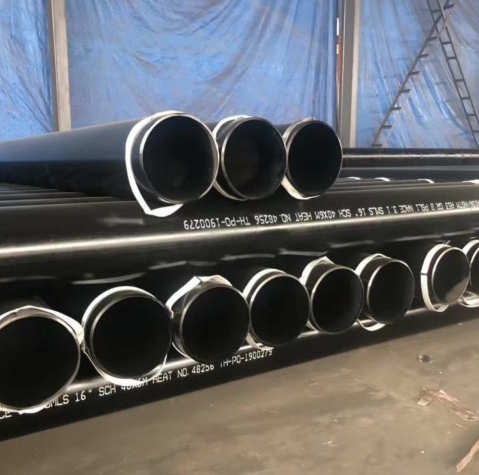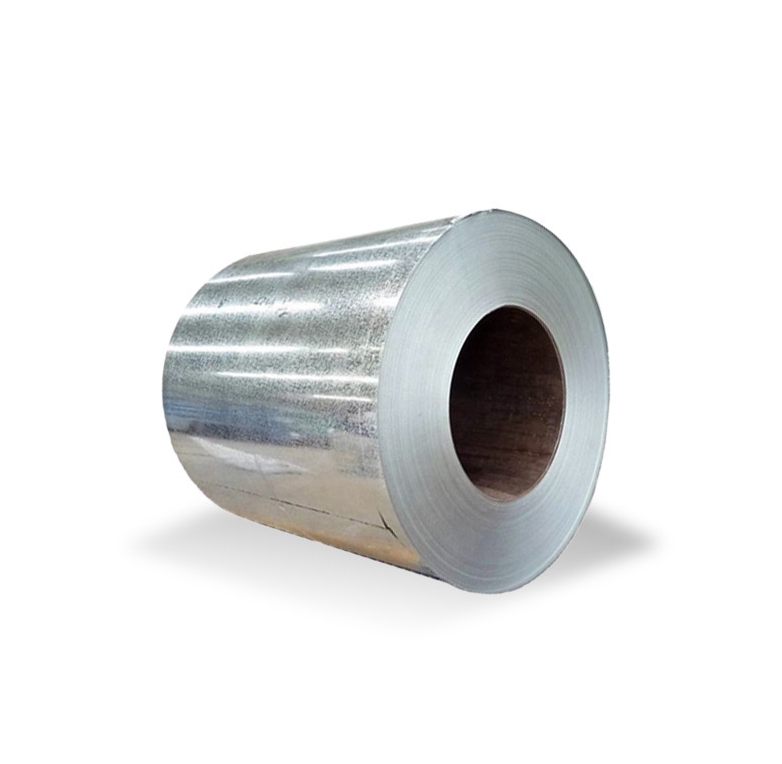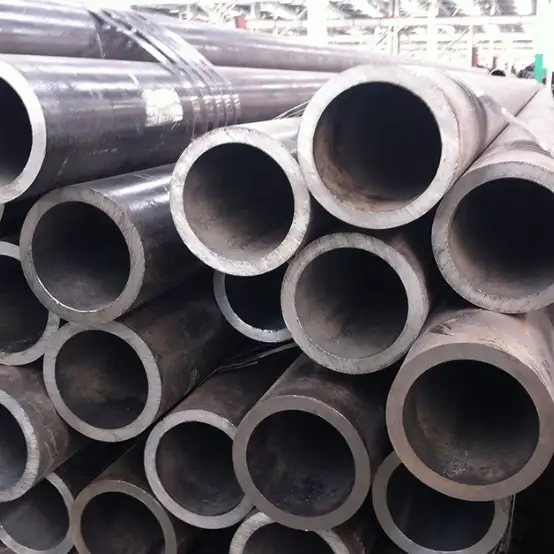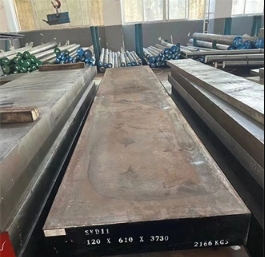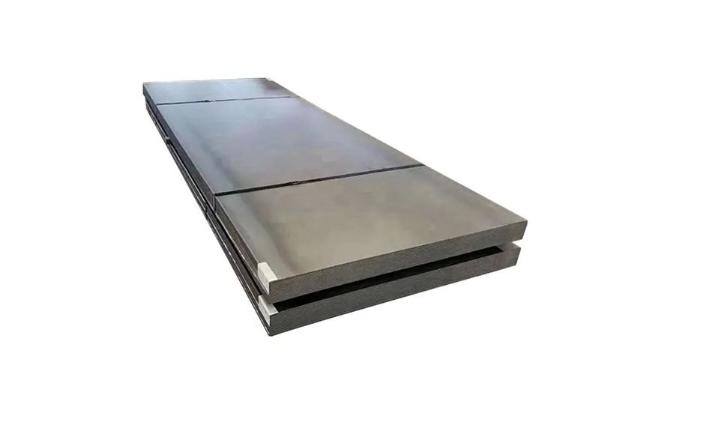ASTM A871 is a standard specification covering high-strength low-alloy structural steel plates intended for applications where atmospheric corrosion resistance and weight savings are important. This steel is commonly known as “weathering steel” because it forms a stable, rust-like protective oxide layer when exposed to the atmosphere, eliminating the need for painting in many environments.
Key Characteristics
The primary attributes of ASTM A871 steel include:
- Atmospheric Corrosion Resistance: Its chemical composition, typically including copper, chromium, nickel, and phosphorus, allows it to develop a dense, adherent patina that significantly retards further corrosion. This characteristic can lead to reduced maintenance costs over the life of a structure.
- High Strength-to-Weight Ratio: A871 offers higher yield and tensile strengths compared to conventional carbon structural steels, allowing for lighter designs without sacrificing structural integrity.
- Weldability: The material can be readily welded using common arc welding processes. However, proper procedures and filler metals should be selected to ensure the integrity of the weld and, if desired, a similar weathering appearance to the base metal.
- Formability: Despite its high strength, A871 steel exhibits reasonable formability for various structural shapes.
Grades and Mechanical Properties
ASTM A871 is available in several grades, most commonly Grade 60 (minimum yield strength of 60 ksi [415 MPa]) and Grade 65 (minimum yield strength of 65 ksi [450 MPa]). The specification outlines requirements for tensile strength, elongation, and, for certain thicknesses, Charpy V-notch impact toughness. Quality material from suppliers like Shanxi Luokaiwei Steel Company will meet these stringent mechanical property requirements.
Chemical Composition
The specific limits for alloying elements are defined in the ASTM A871 standard. The careful balance of these elements is crucial for achieving both the desired mechanical properties and the characteristic weathering performance. Consistent chemical composition is a hallmark of reliable steel production.
Applications
Due to its unique combination of strength and corrosion resistance, ASTM A871 steel plate is widely used in various structural applications, including:
- Bridges (superstructures and components)
- Building facades and exposed structural members
- Transmission towers and poles
- Railroad cars and hoppers
- Industrial equipment and stacks
- Sculptures and architectural features
The aesthetic appeal of the matured patina is often a desirable feature in architectural designs. When sourcing this material, it’s important to partner with knowledgeable suppliers; for instance, Shanxi Luokaiwei Steel Company can provide guidance on available grades and thicknesses.
Fabrication Considerations
When fabricating ASTM A871 steel, standard practices for high-strength low-alloy steels should be followed. Special attention may be needed for welding procedures, particularly regarding preheat and interpass temperatures, especially for thicker plates or highly restrained joints. The choice of welding consumables should also be considered to match the mechanical properties and, if required, the weathering characteristics of the base material. Reputable steel service centers, including entities such as Shanxi Luokaiwei Steel Company, often provide material test certificates (MTCs) that detail the specific properties of the supplied plates. This ensures traceability and compliance with project specifications. For applications where the unpainted, weathered look is desired, care should be taken during handling and erection to avoid surface contamination that might interfere with the uniform development of the protective patina.



